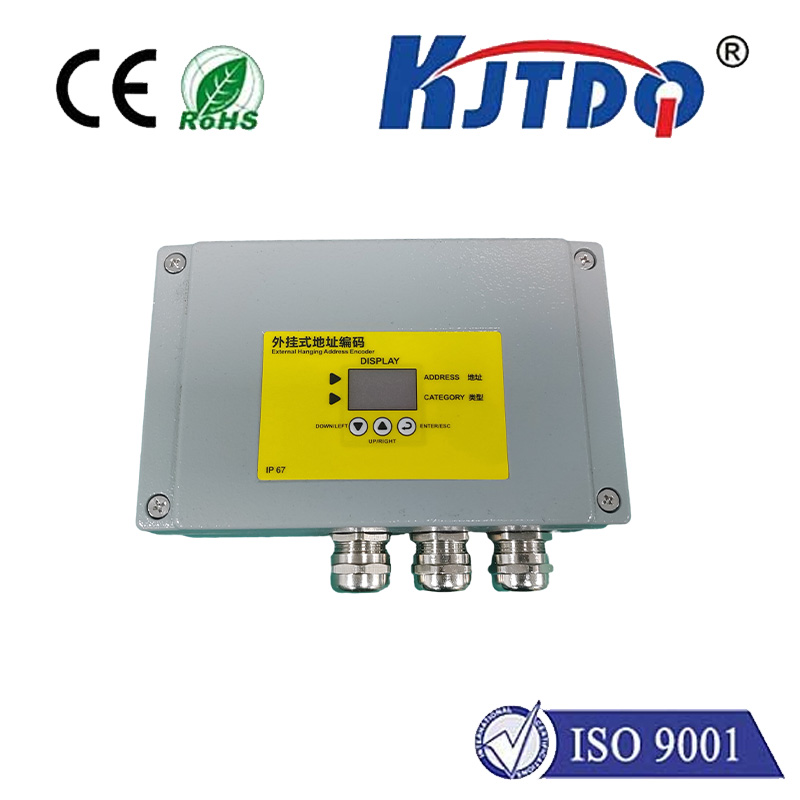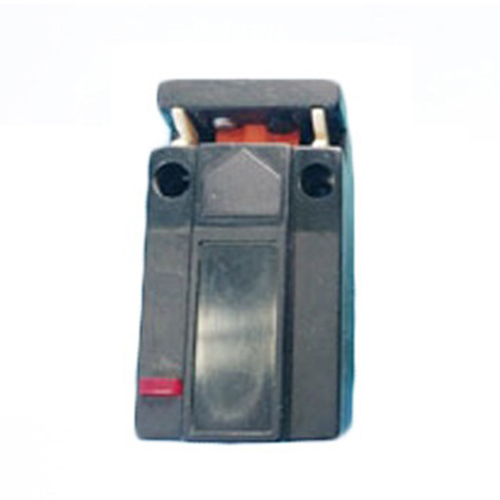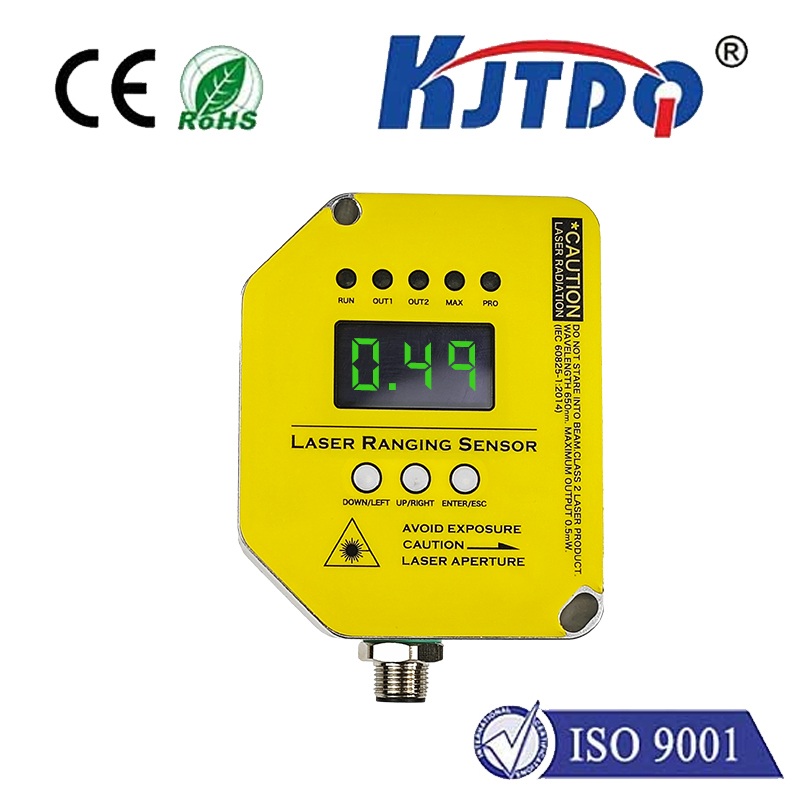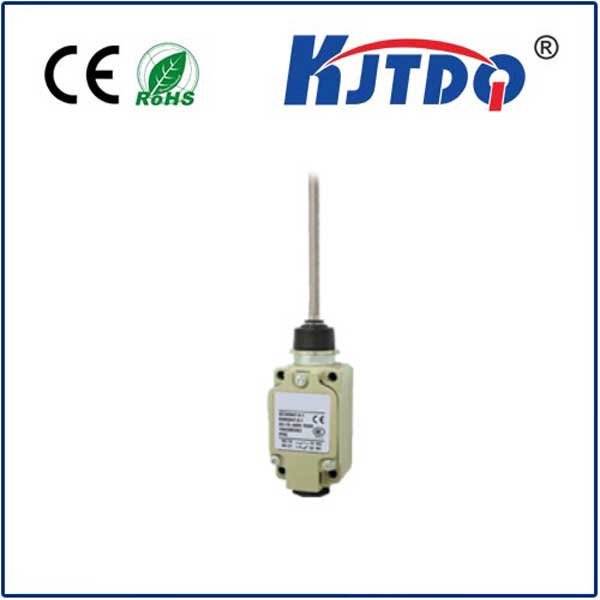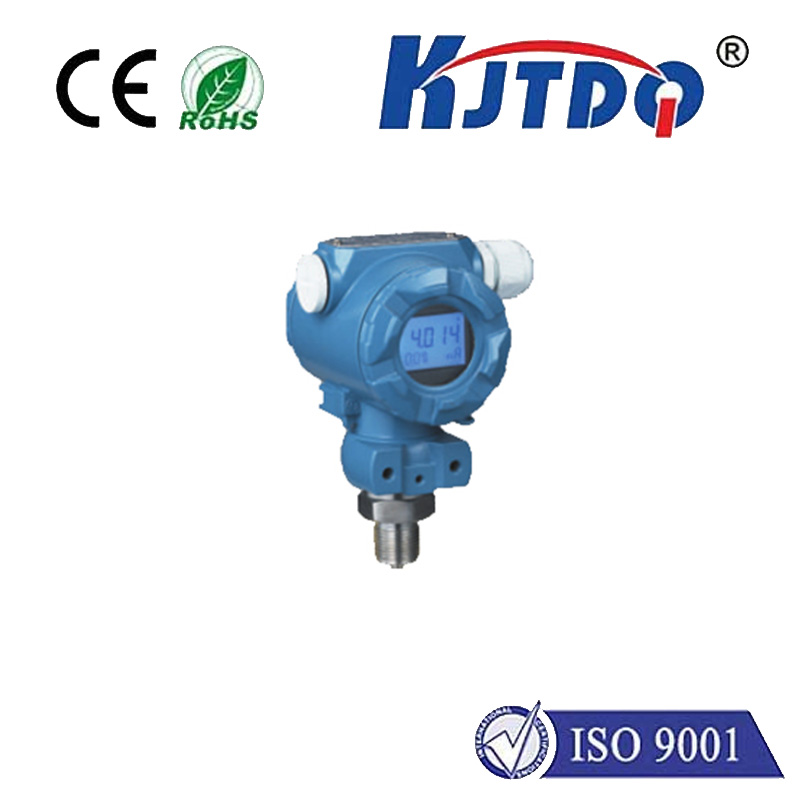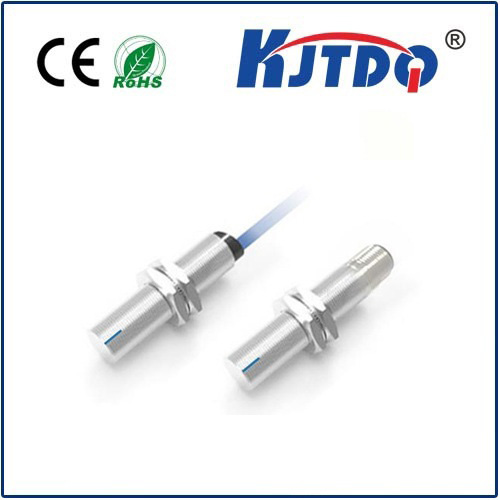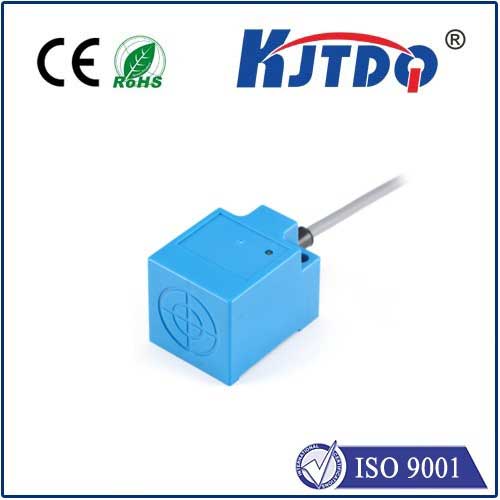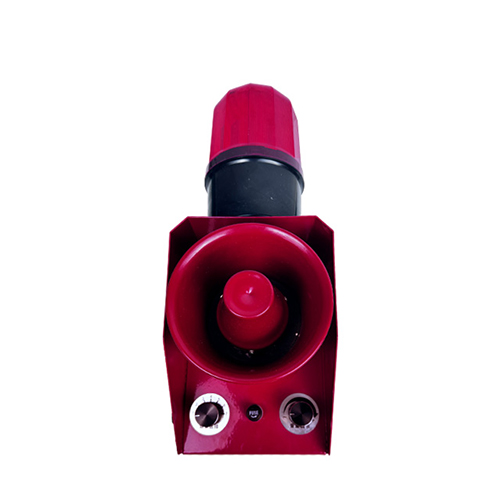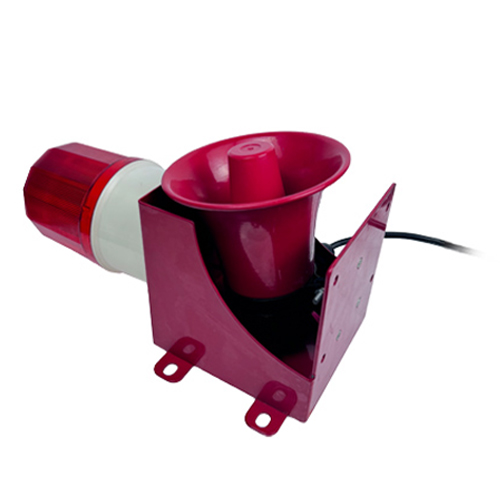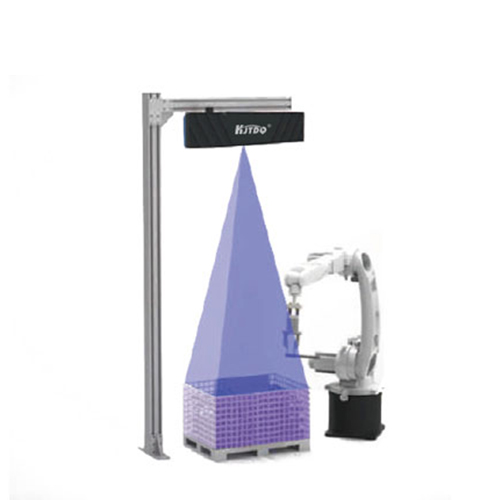Imagine a bustling factory floor where robotic arms zip through intricate tasks, only to falter due to false triggers from stray light or distant objects. In today’s fast-paced industrial world, unreliable detection isn’t just an inconvenience—it’s a costly glitch that halts production and inflates errors. That’s where the E3FB-LP22 background suppression photoelectric sensor steps in, offering a game-changing solution for environments demanding unparalleled accuracy. As industries pivot toward smarter automation, this sensor stands out as a linchpin in optimizing efficiency, minimizing downtime, and ensuring consistent performance. Let’s dive into why the E3FB-LP22 background suppression photoelectric sensor is transforming detection systems globally, from warehouses to assembly lines, and how its innovative design elevates everyday operations.
Background suppression photoelectric sensors, like the E3FB-LP22 model, represent a leap forward from traditional proximity devices. At their core, these sensors emit a focused beam of light to detect objects, but what sets them apart is their advanced ability to distinguish foreground targets from background interference. Instead of triggering on any reflection, they analyze the angle and intensity of light return, effectively ignoring distant surfaces or ambient lighting. This technology, known as foreground suppress or background suppression, ensures that only relevant objects within a precise range trigger a response. For the E3FB-LP22, this translates to reliable, high-precision detection even in cluttered setups, such as conveyor belts where packages, debris, or varying backgrounds could cause false alarms. In essence, it bridges the gap between sensitivity and selectivity, making it ideal for applications where every millimeter counts.

Delving into the specifics, the E3FB-LP22 background suppression photoelectric sensor boasts a robust set of features tailored for industrial demands. With a compact, cylindrical design (measuring just 22mm in diameter), it integrates seamlessly into confined spaces without compromising on range—offering detection distances of up to 500mm, depending on the object’s reflectivity. One standout attribute is its IP67-rated enclosure, which provides exceptional resistance to dust, water, and mechanical shocks. This durability proves invaluable in harsh settings, like automotive plants with high vibration or outdoor logistics hubs exposed to weather extremes. Moreover, the E3FB-LP22 excels with its user-friendly setup: a simple potentiometer allows on-the-fly adjustment of sensitivity and suppression levels, enabling quick calibration without complex tools. This plug-and-play approach reduces installation time, while its M12 connector ensures easy integration with standard automation systems, such as PLCs or controllers. Practical tests in facilities show that this photoelectric sensor consistently achieves detection accuracies within ±1%, outperforming older models that might misinterpret shadows or reflections as targets.
The applications for the E3FB-LP22 background suppression photoelectric sensor span a wide array of industries, driving tangible improvements in productivity and safety. In packaging and material handling, it acts as a vigilant “eye” on production lines, accurately counting products, verifying positions, or triggering sorting mechanisms—imagine a bottling plant where it ensures caps are properly placed, eliminating costly rejects. Similarly, in warehouse automation, it locates pallets or guides AGVs (automated guided vehicles) through busy aisles, suppressing false reads from floor markings or distant walls. Another critical niche is in food processing, where the sensor’s hygienic design and reliability come into play, detecting items on conveyors without contamination risks. Compared to ultrasonic or diffuse-reflective sensors, the E3FB-LP22 background suppression photoelectric sensor offers superior resistance to environmental variables, like temperature fluctuations or shiny surfaces, which often plague alternatives. Real-world feedback highlights how companies report up to a 30% reduction in error rates after switching to this model, reinforcing its role as a cost-effective upgrade for modern facilities.
So, why choose the E3FB-LP22 over other options? Its advantages lie in a blend of innovation and practicality that addresses real-world challenges. First, the unmatched precision from background suppression means fewer false positives, boosting overall system reliability and cutting maintenance costs. Second, its energy-efficient operation and long lifespan (rated for millions of cycles) translate to lower operational expenses—a key factor in sustainability-focused industries. Third, the ease of use accelerates deployment; operators report that tasks like aligning sensors or troubleshooting become simpler, reducing training time. For instance, a case study in automotive assembly revealed that integrating multiple E3FB-LP22 units halved downtime incidents, as they consistently ignored background clutter from moving parts. However, it’s worth noting that optimal performance depends on correct installation: ensuring a clear line of sight and avoiding highly reflective objects can maximize its benefits. As industries evolve toward Industry 4.0, this sensor not only enhances current setups but also future-proofs operations, integrating smoothly with IoT platforms for real-time monitoring and predictive maintenance.
Ultimately, the E3FB-LP22 background suppression photoelectric sensor is more than just a component—it’s a catalyst for smarter, more resilient automation. By eliminating the pitfalls of unreliable detection, it empowers businesses to achieve new levels of efficiency and quality, turning everyday operations into seamless, error-free processes. Whether in high-speed manufacturing or intricate logistics, its role is undeniable: ensuring that every detection counts, every time.
